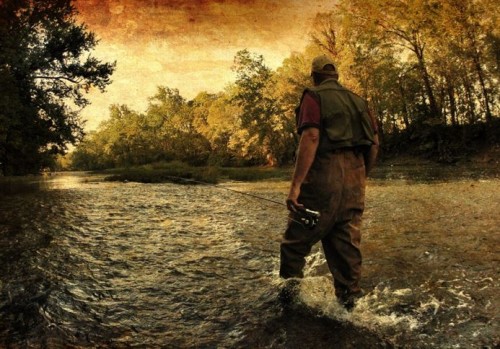10 Uses For Coca Cola You Weren’t Aware Of
Coke is a fizzy drink, and it’s filled of phosphoric acid, which can loosen rust from every surface as long as that object is exposed for a long enough period of time. If we’re talking about rusty tools or other pieces of metal that you’re trying to clean up, you can simply fill a recipient



